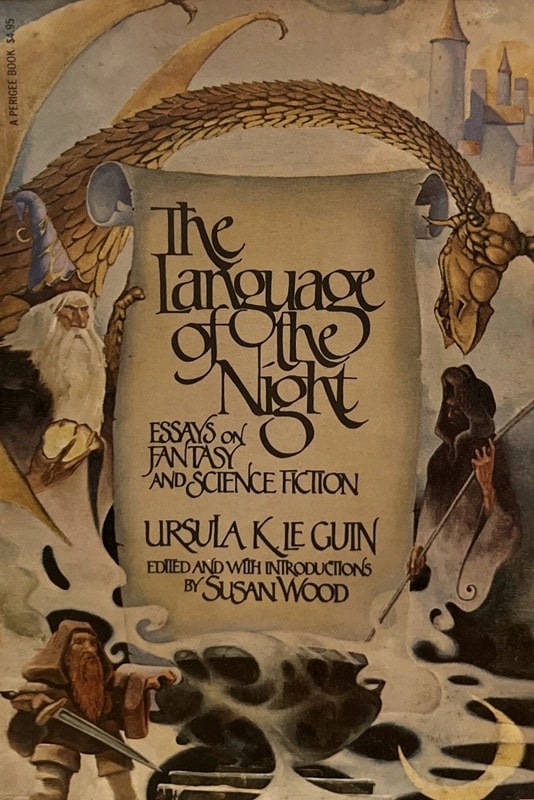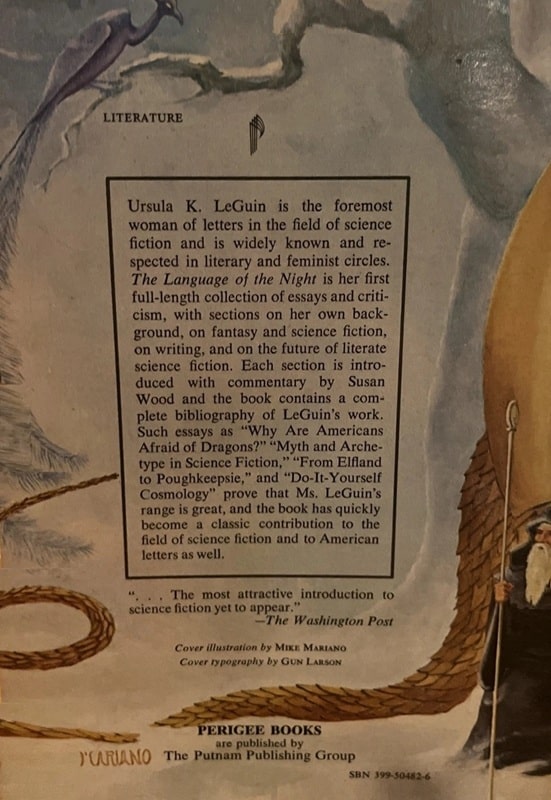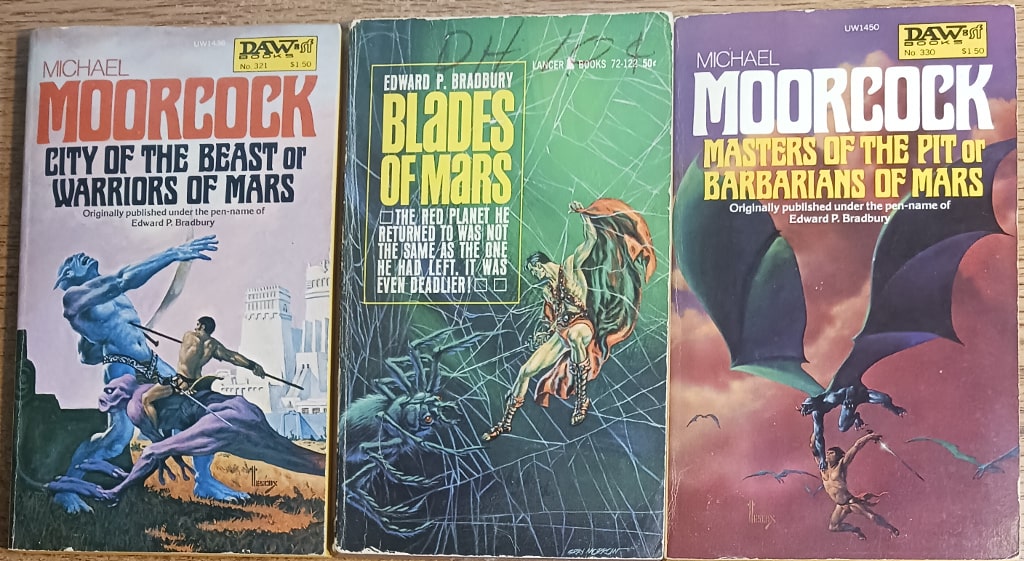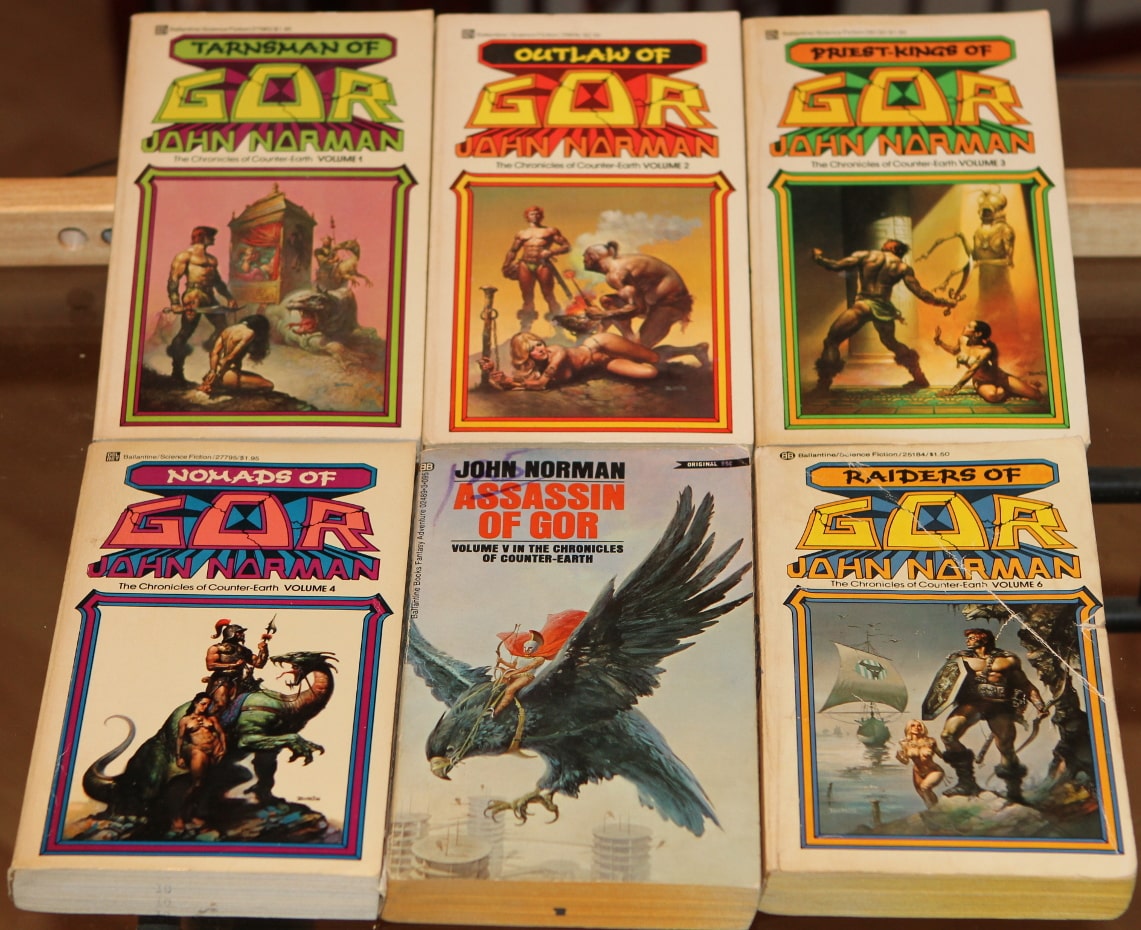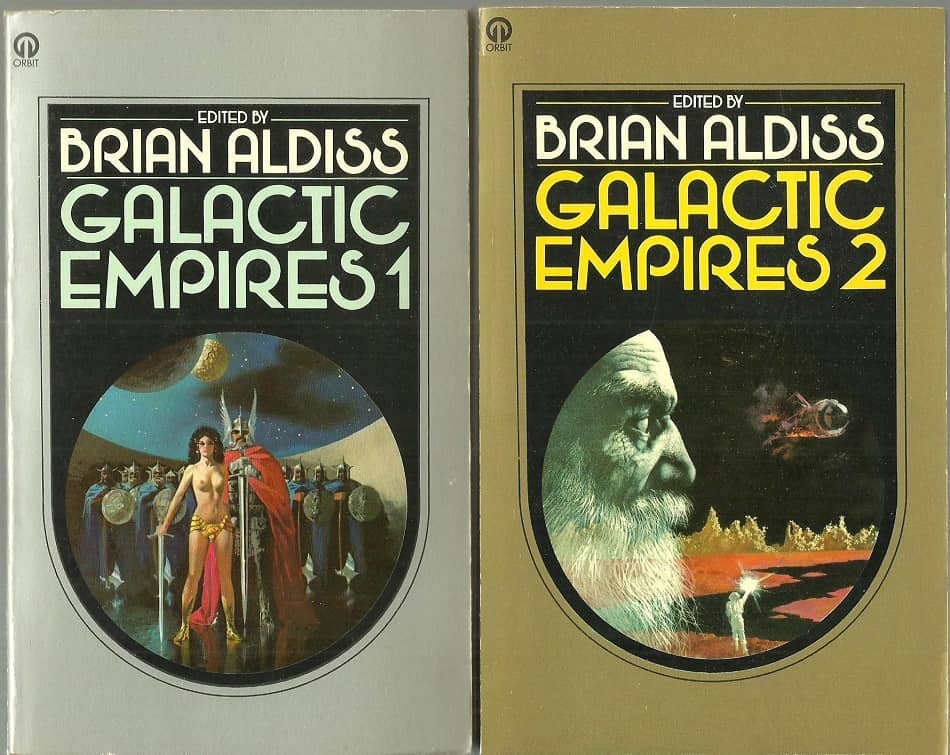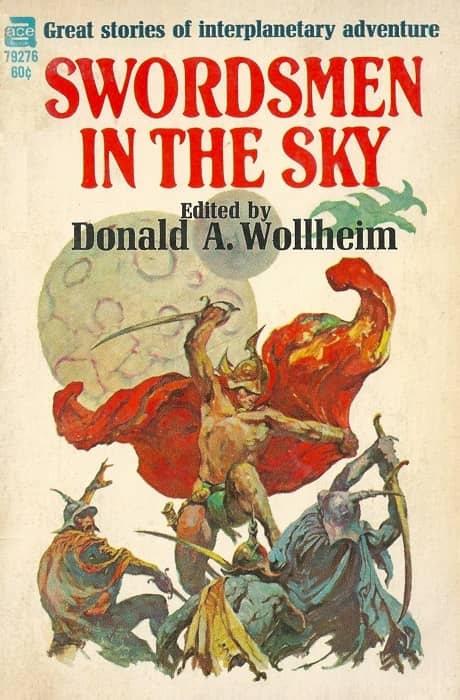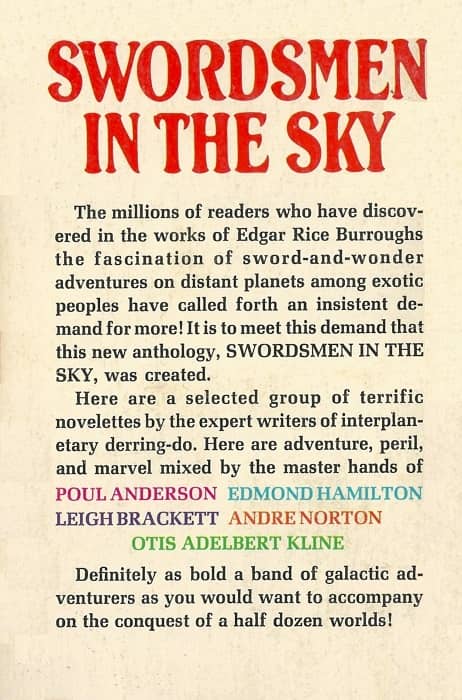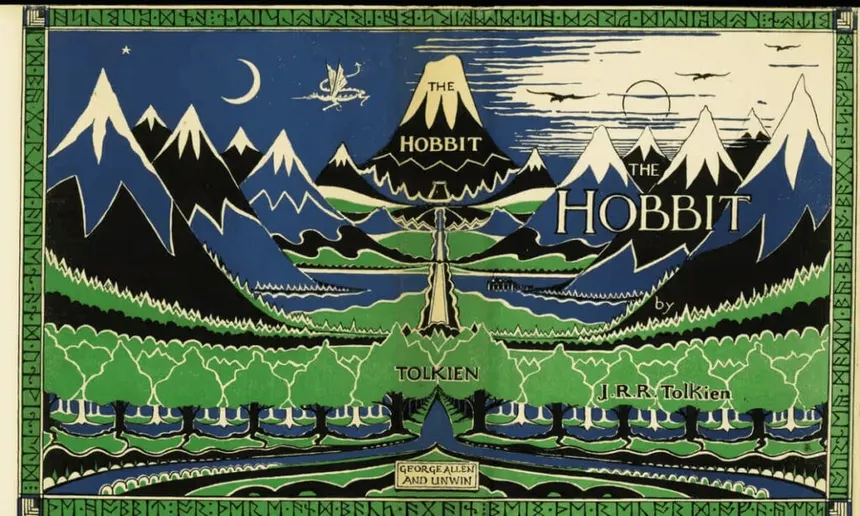The Fundamentals of Sword & Planet, Part IV: Dray Prescot by Alan Burt Akers
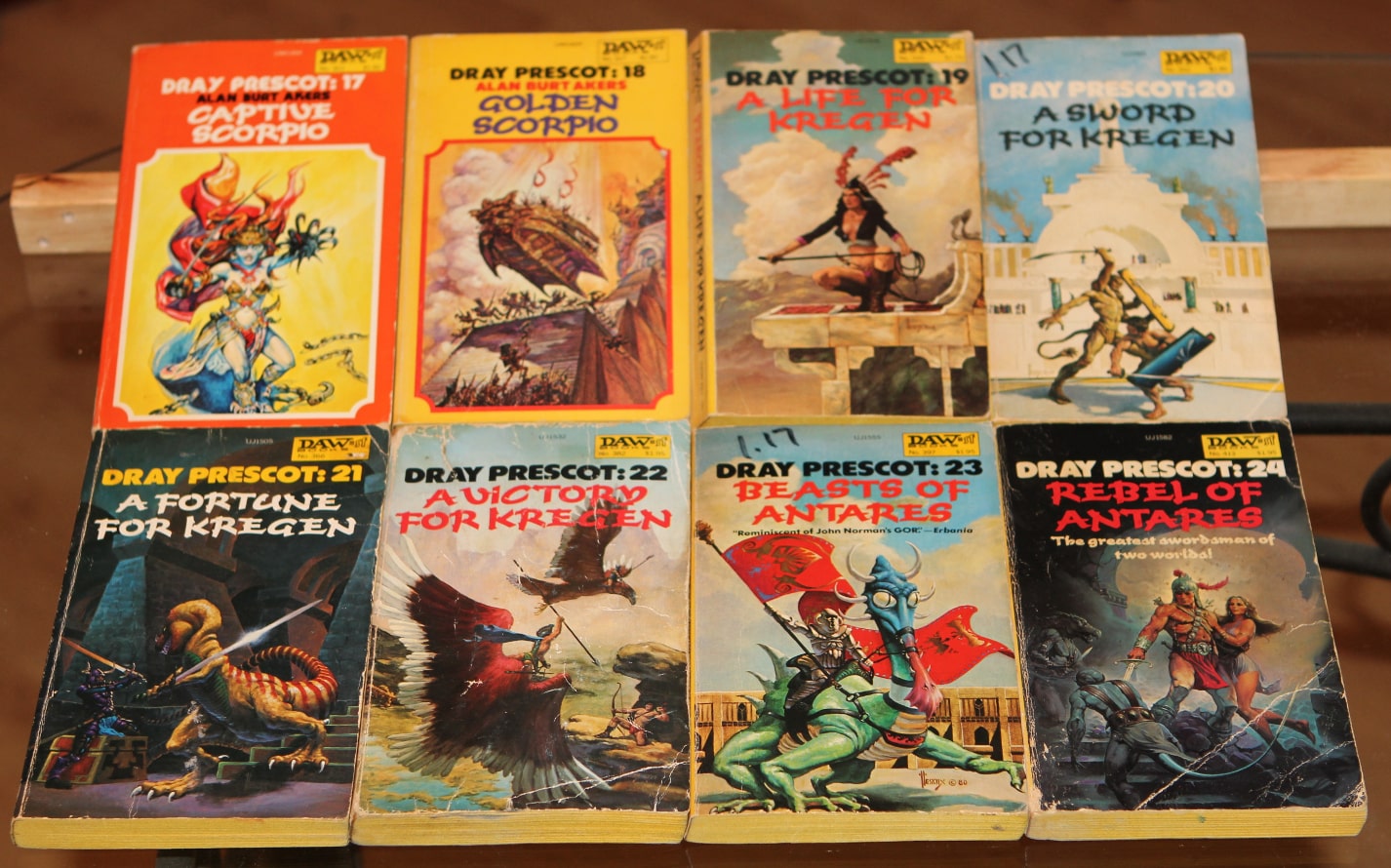
Not only is the Dray Prescot series the longest running Sword & Planet series ever published in English, but it’s also consistently of a high quality. There are quite a few volumes that — for me—rival any of Edgar Rice Burrough’s Barsoom books. Certainly, these two series are my all-time favorites, and together make up the primary influence on my own Sword & Planet series, the five books of the Talera series by Charles Allen Gramlich (Gotta get those “three” names in there.) I’ve posted about the Talera books before, but back to Kenneth Bulmer (who wrote the Prescot series as ‘Alan Burt Akers’) and Dray Prescot now.
I’ve never been one to put a lot of emphasis on covers, but the Bladud books, all five compendiums containing the last fifteen novels, have the same cover image with just a change in the color of the dust jacket. This made me long for the original DAW publications where each vibrant cover was tied directly to the book it illustrated.
